5.3: Inverse Functions
- Last updated
- Jan 30, 2024
- Save as PDF
- Page ID
- 145581
( \newcommand{\kernel}{\mathrm{null}\,}\)
A fashion designer is travelling to Milan for a fashion show. He asks his assistant, Betty, what 75 degrees Fahrenheit is in Celsius, and after a quick search on Google, she finds the formula

At first, Betty might consider using the formula she has already found to do the conversions. After all, she knows her algebra, and can easily solve the equation for
After considering this option for a moment, she realizes that solving the equation for each of the temperatures would get awfully tedious, and realizes that since evaluation is easier than solving, it would be much more convenient to have a different formula, one which takes the Celsius temperature and outputs the Fahrenheit temperature. This is the idea of an inverse function, where the input becomes the output and the output becomes the input.
Definition: Inverse function
If
The inverse of
Important: The raised -1 used in the notation for inverse functions is simply a notation, and does not designate an exponent or power of -1.
Example
If for a particular function,
Solution
The inverse function reverses which quantity is input and which quantity is output, so if
Alternatively, if you want to re-name the inverse function
Exercise
Given that
- Answer
-
Notice that original function and the inverse function undo each other. If
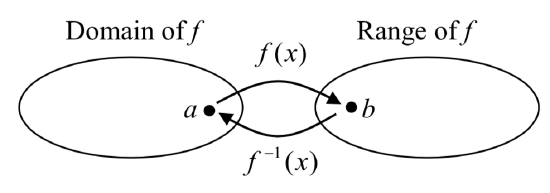
Since the outputs of the function
Basically, like how the input and output values switch, the domain & ranges switch as well. But be careful, because sometimes a function doesn’t even have an inverse function, or only has an inverse on a limited domain. For example, the inverse of
Example
The function
Solution
We would expect
Example
A function
| 30 | 50 | 70 | 90 | |
| 20 | 40 | 60 | 70 |
Solution
The inverse function takes an output of
Alternatively, recall the definition of the inverse was that if
Exercise
Using the table below
| 30 | 50 | 60 | 70 | 90 | |
| 20 | 40 | 50 | 60 | 70 |
Find and interpret the following
a.
b.
- Answer
-
a.
b.
Example
A function
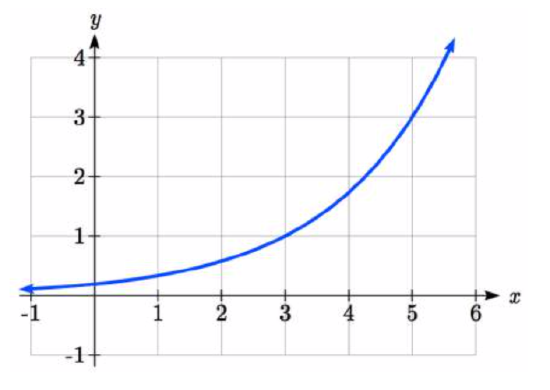
Solution
To evaluate
To evaluate
Exercise
Using the graph in Example 4 above
a. find
b. estimate
- Answer
-
a.
b.
Example
Returning to our designer’s assistant, find a formula for the inverse function that gives Fahrenheit temperature given a Celsius temperature.
Solution
A quick Google search would find the inverse function, but alternatively, Betty might look back at how she solved for the Fahrenheit temperature for a specific Celsius value, and repeat the process in general
By solving in general, we have uncovered the inverse function. If
Then
In this case, we introduced a function h to represent the conversion since the input and output variables are descriptive, and writing
It is important to note that not all functions will have an inverse function. Since the inverse
Definition: Properties of inverses
In order for a function to have an inverse, it must be a one-to-one function.
In some cases, it is desirable to have an inverse for a function even though the function is not one-to-one. In those cases, we can often limit the domain of the original function to an interval on which the function is one-to-one, then find an inverse only on that interval.
If you have not already done so, go back to the toolkit functions that were not one-to-one and limit or restrict the domain of the original function so that it is one-to-one. If you are not sure how to do this, proceed to Example 6.
Example
The quadratic function

Solution
We can limit the domain to
You may have already guessed that since we undo a square with a square root, the inverse of
You can also solve for the inverse function algebraically. If
To solve for 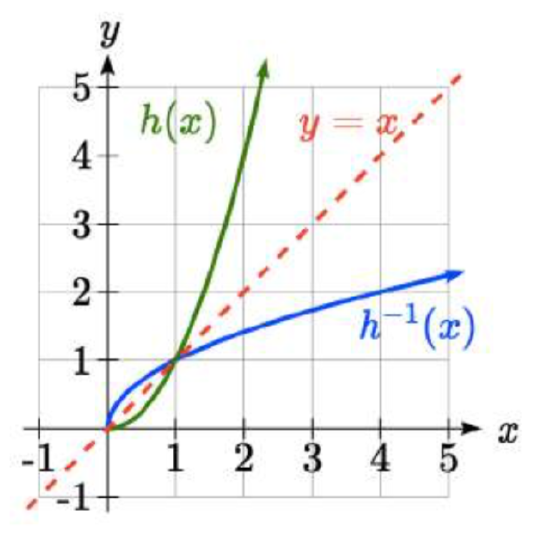
Note that the domain and range of the square root function do correspond with the range and domain of the quadratic function on the limited domain. In fact, if we graph
Example
Given the graph of
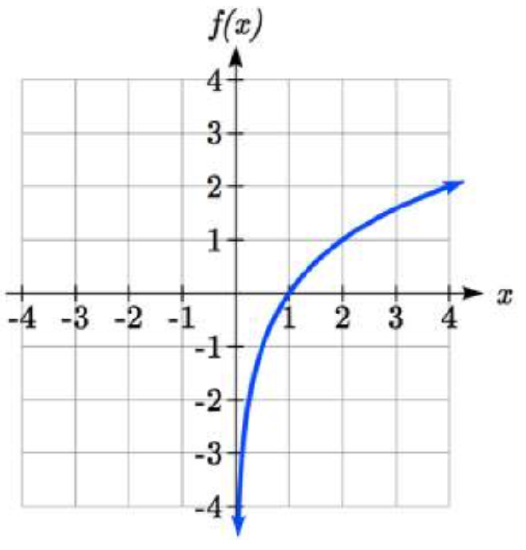
Solution
This is a one-to-one function, so we will be able to sketch an inverse. Note that the graph shown has an apparent domain of
Reflecting this graph of the line
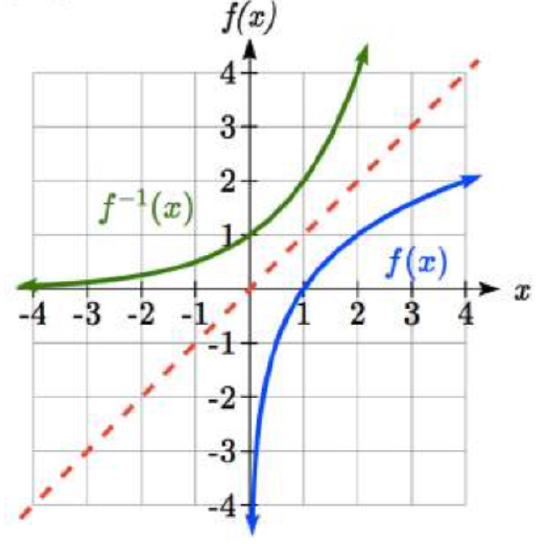
Important Topics of this Section
Definition of an inverse function
Composition of inverse functions yield the original input value
Not every function has an inverse function
To have an inverse a function must be one-to-one
Restricting the domain of functions that are not one-to-one.


